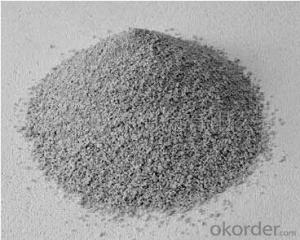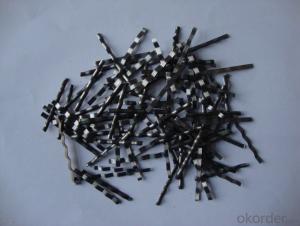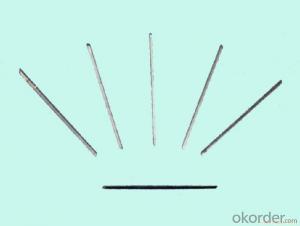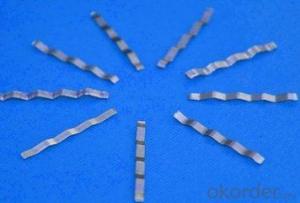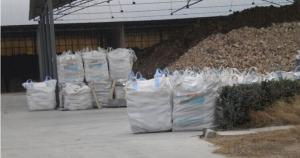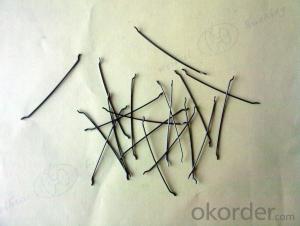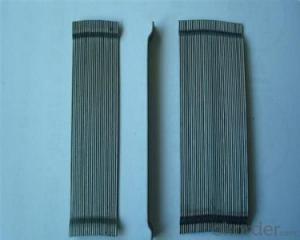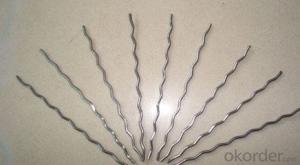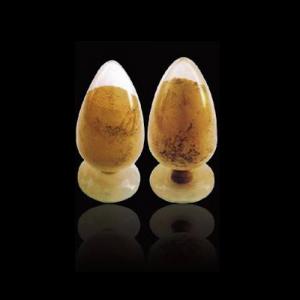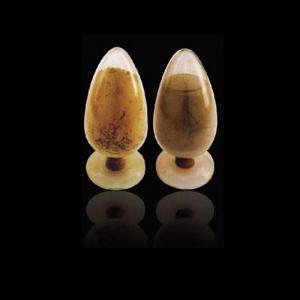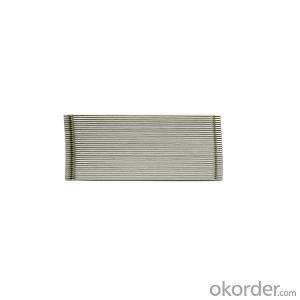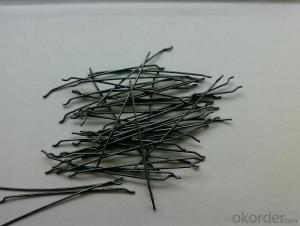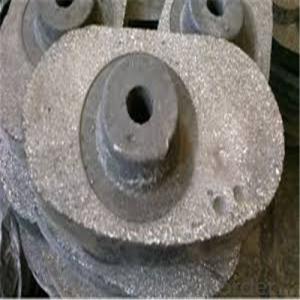All Categories
- - Steel Wire Rod
- - Steel Coils
- - Steel Profiles
- - Steel Pipes
- - Stainless Steel
- - Tinplate
- - Special Steel
- - Steel Sheets
- - Steel Rebars
- - Steel Strips
- - Hot Rolled Steel
- - Cold Rolled Steel
- - Pre-painted Steel
- - Seamless Steel Pipe
- - Welded Steel Pipe
- - Hollow Steel Tubes
- - Galvanized Pipe
- - Stainless Steel Coil
- - Stainless Steel Sheet
- - Stainless Steel Plate
- - Stainless Steel Strips
- - Electrolytic Tinplate Coil
- - Electrolytic Tinplate Sheet
- - Stainless Steel Rebars
- - Solar Panels
- - Solar Water Heater
- - Solar Related Products
- - Solar Inverter
- - Solar Cells
- - Solar Light
- - Solar Energy Systems
- - Solar Controllers
- - Solar Mounting System
- - Solar Pump
- - Solar Chargers
- - Fiberglass Chopped Strand
- - Fiberglass Mesh Cloth
- - Composite Pipes
- - FRP Pultrusion Profiles
- - Fiberglass Mat Tissue
- - Fiberglass Fabrics
- - Fiberglass Mesh
- - Composite Tank
- - Fiberglass Mesh tape
- - Polymer
- - FRP Roofing Panel
- - Fiberglass Roving
- - Monolithic Refractories
- - Ceramic Fiber Products
- - Refractory Bricks
- - Raw Materials For Refractory
- - Suspended Platform
- - Cranes
- - Concrete Machinery
- - Earthmoving Machinery
- - Building Hoist
- - Road Building Machinery
- - Plastic Pipe Fittings
- - Plastic Tubes
- - Plastic Sheets
- - Agricultural Plastic Products
- - Plastic Nets
Q & A
Can monolithic refractories be used for lining copper casting furnaces?
Yes, monolithic refractories can be used for lining copper casting furnaces. Monolithic refractories are versatile and can withstand high temperatures, making them suitable for lining various types of furnaces, including copper casting furnaces.
How do monolithic refractories compare to precast refractory shapes in terms of cost and availability?
Monolithic refractories generally have lower costs and greater availability compared to precast refractory shapes. Monolithic refractories are produced in a ready-to-use form, which eliminates the need for complex mold designs and reduces manufacturing time and costs. On the other hand, precast refractory shapes require custom molds and additional manufacturing processes, increasing their production costs. Moreover, monolithic refractories can be easily sourced from various suppliers, while precast refractory shapes may have limited availability due to the need for specific molds and customization. Overall, monolithic refractories offer a more cost-effective and readily available option for refractory applications.
What is the porosity of monolithic refractories?
The porosity of monolithic refractories refers to the amount of open space or voids within the material. It is a measure of how easily gases or liquids can penetrate or pass through the refractory.
How do monolithic refractories perform in high-stress environments?
Monolithic refractories excel in high-stress environments due to their exceptional strength, durability, and resistance to thermal shock. Their ability to withstand extreme temperatures and mechanical stresses makes them ideal for applications where traditional refractory bricks may fail. Additionally, monolithic refractories offer versatility in shape and installation, allowing for seamless lining in complex structures, further enhancing their performance in high-stress environments.
What are the key differences between castables and gunning mix?
The key differences between castables and gunning mix are in their application methods and physical properties. Castables are typically used for forming monolithic structures and are applied by pouring or tamping. They have a higher water content and are generally more flowable, allowing for easy placement and shaping. Gunning mix, on the other hand, is designed for spray application using a gunning machine. It has a lower water content and higher viscosity, enabling it to adhere to vertical or overhead surfaces without slumping. Gunning mix is commonly used for repairing or coating refractory linings. Overall, the difference lies in the application technique and the specific properties required for each type of refractory installation.
Wholesale Monolithic Refractories from supplier in Slovakia
With our strong presence in the Slovakian market and our affiliation with CNBM, we are able to offer competitive prices and timely delivery of Monolithic Refractories. Our team of experts is available to provide technical guidance and support throughout the procurement process, ensuring that you receive the most suitable products for your specific applications.
We pride ourselves on our commitment to customer satisfaction and strive to exceed your expectations with our exceptional service. By partnering with us, you can enjoy the benefits of working with a reliable and trusted supplier, backed by the resources and expertise of a Fortune Global 500 company.
Whether you are involved in the steel industry, cement manufacturing, or any other sector that requires Monolithic Refractories, we have the products and knowledge to meet your needs. Contact us today to discuss your requirements and let us help you find the perfect solutions for your projects in Slovakia.
We pride ourselves on our commitment to customer satisfaction and strive to exceed your expectations with our exceptional service. By partnering with us, you can enjoy the benefits of working with a reliable and trusted supplier, backed by the resources and expertise of a Fortune Global 500 company.
Whether you are involved in the steel industry, cement manufacturing, or any other sector that requires Monolithic Refractories, we have the products and knowledge to meet your needs. Contact us today to discuss your requirements and let us help you find the perfect solutions for your projects in Slovakia.
Hot Search
- Monolithic Refractories in Morocco
- Ceramic Fiber Products in Dominican
- Refractory Bricks in Romania
- Raw Materials For Refractory in Panama
- Monolithic Refractories in Malaysia
- Refractory Bricks in Iceland
- Ceramic Fiber Products in Papua New Guinea
- Ceramic Fiber Products in Spain
- Monolithic Refractories in Barbados
- Raw Materials For Refractory in Nauru
